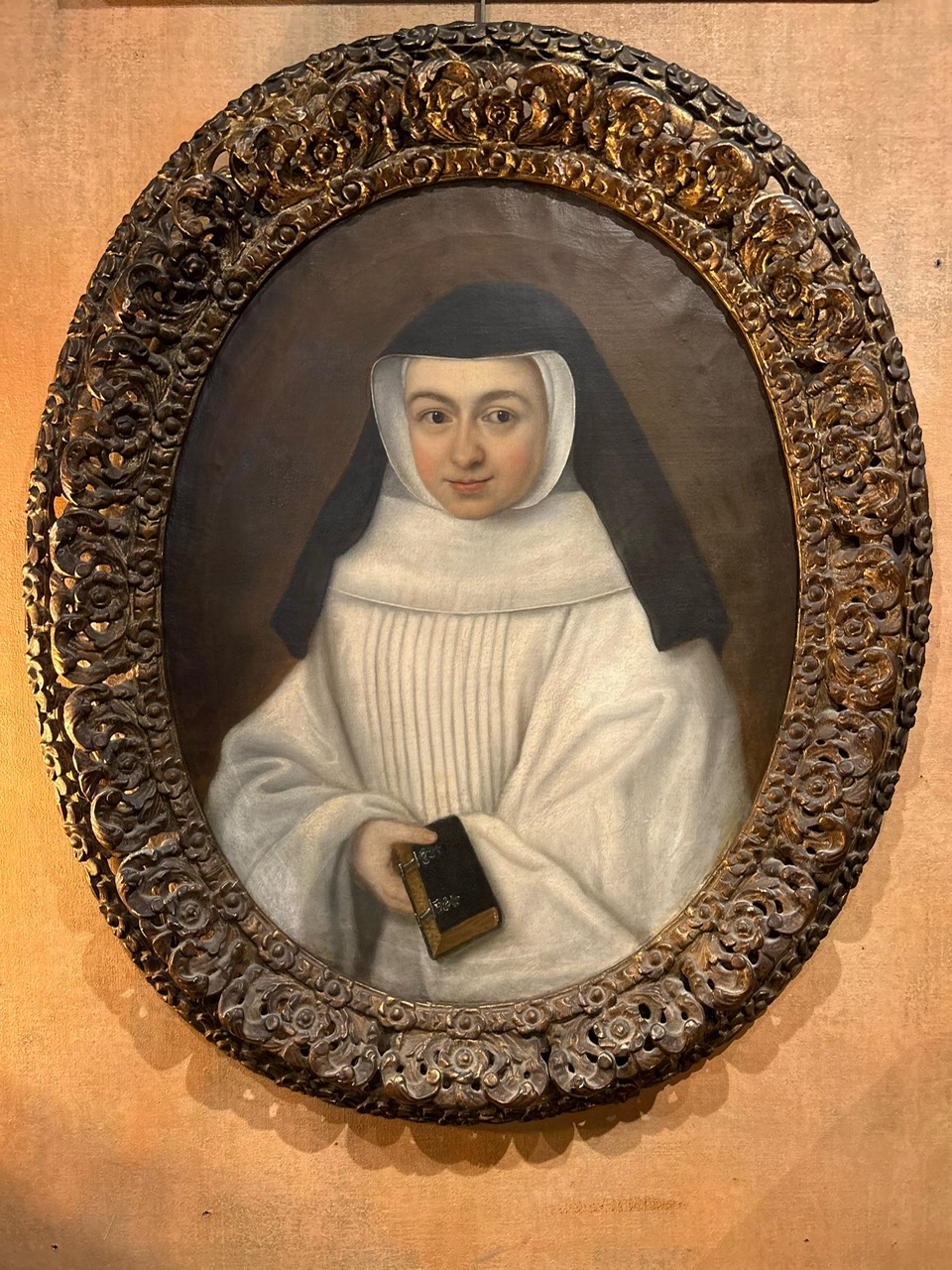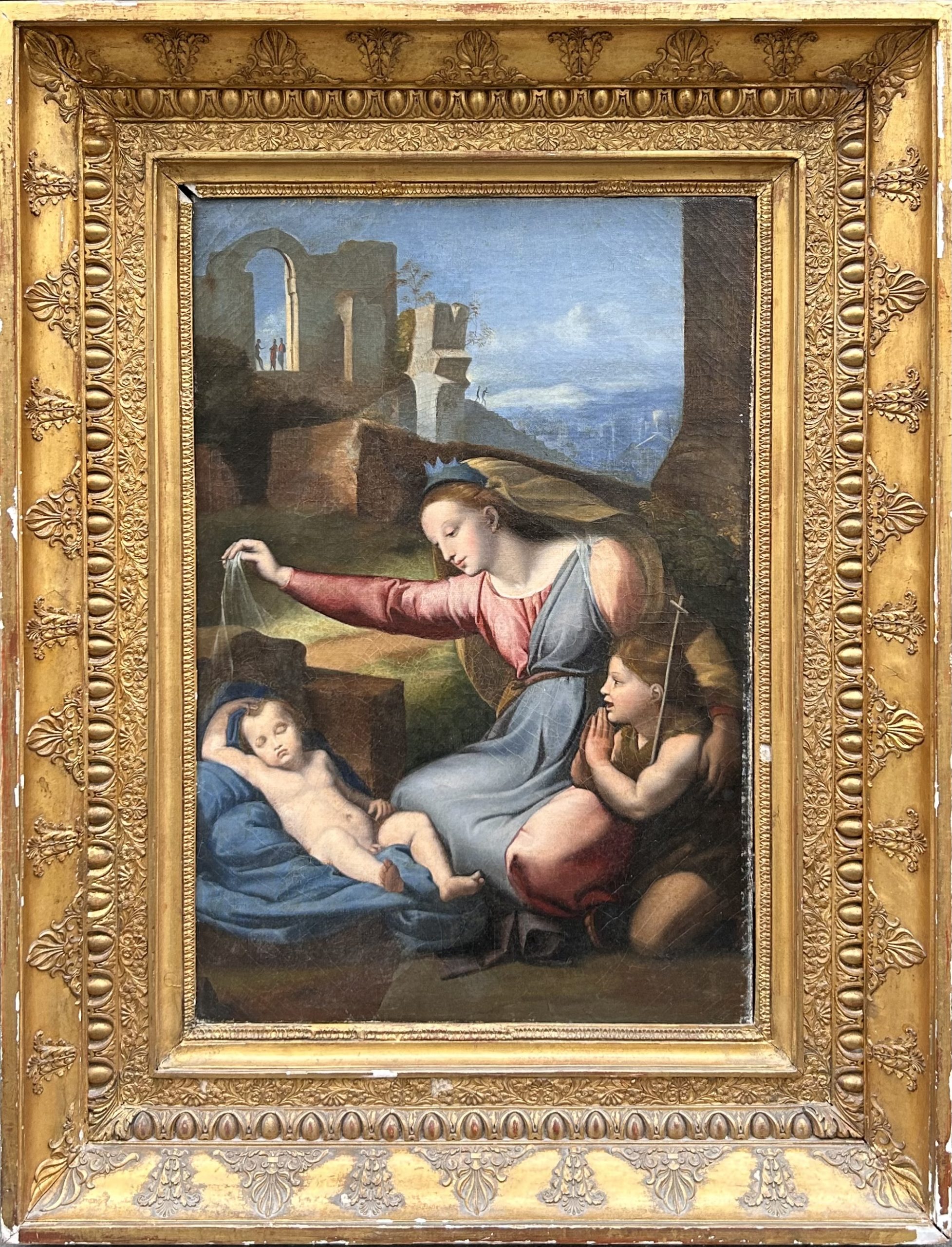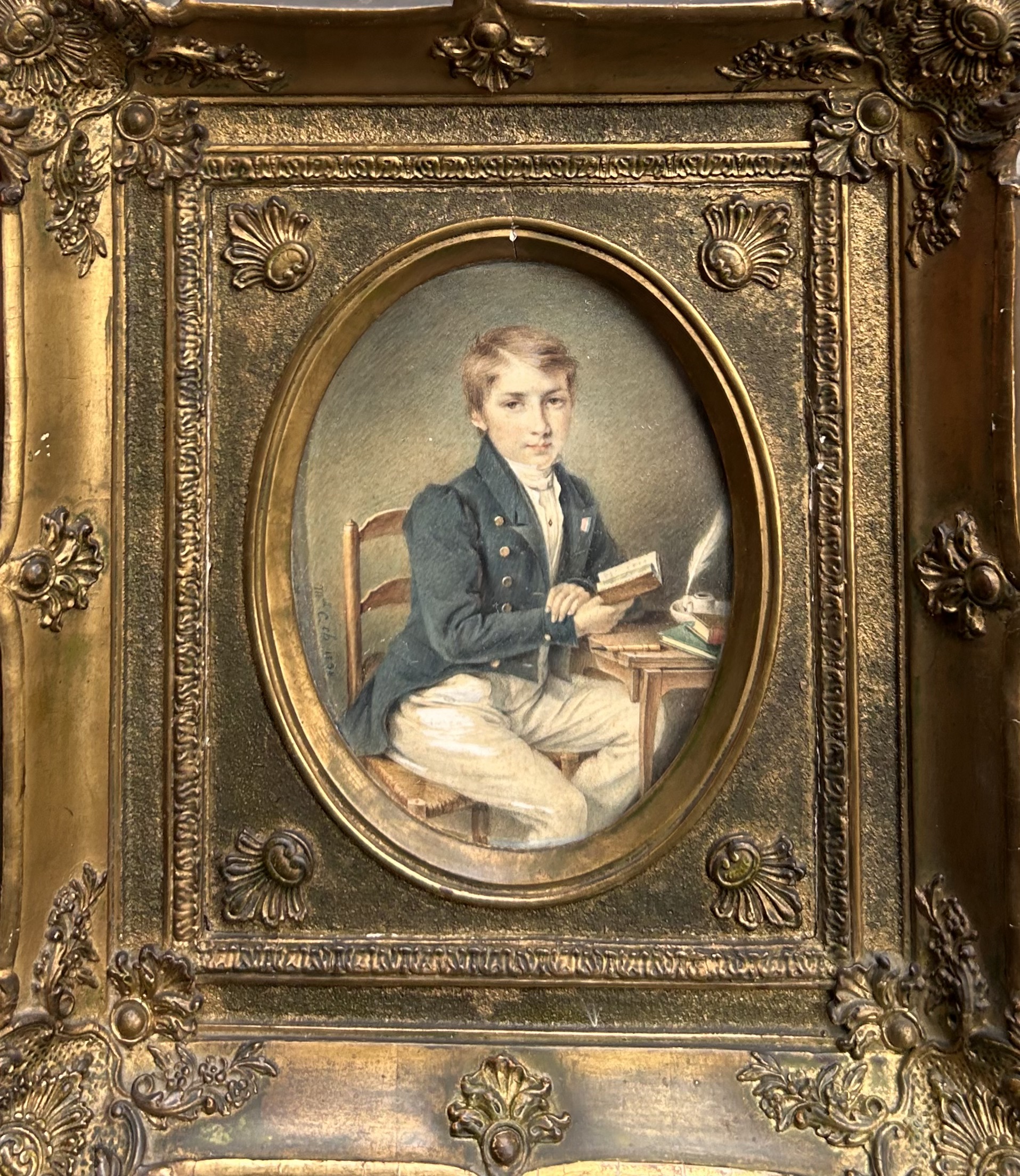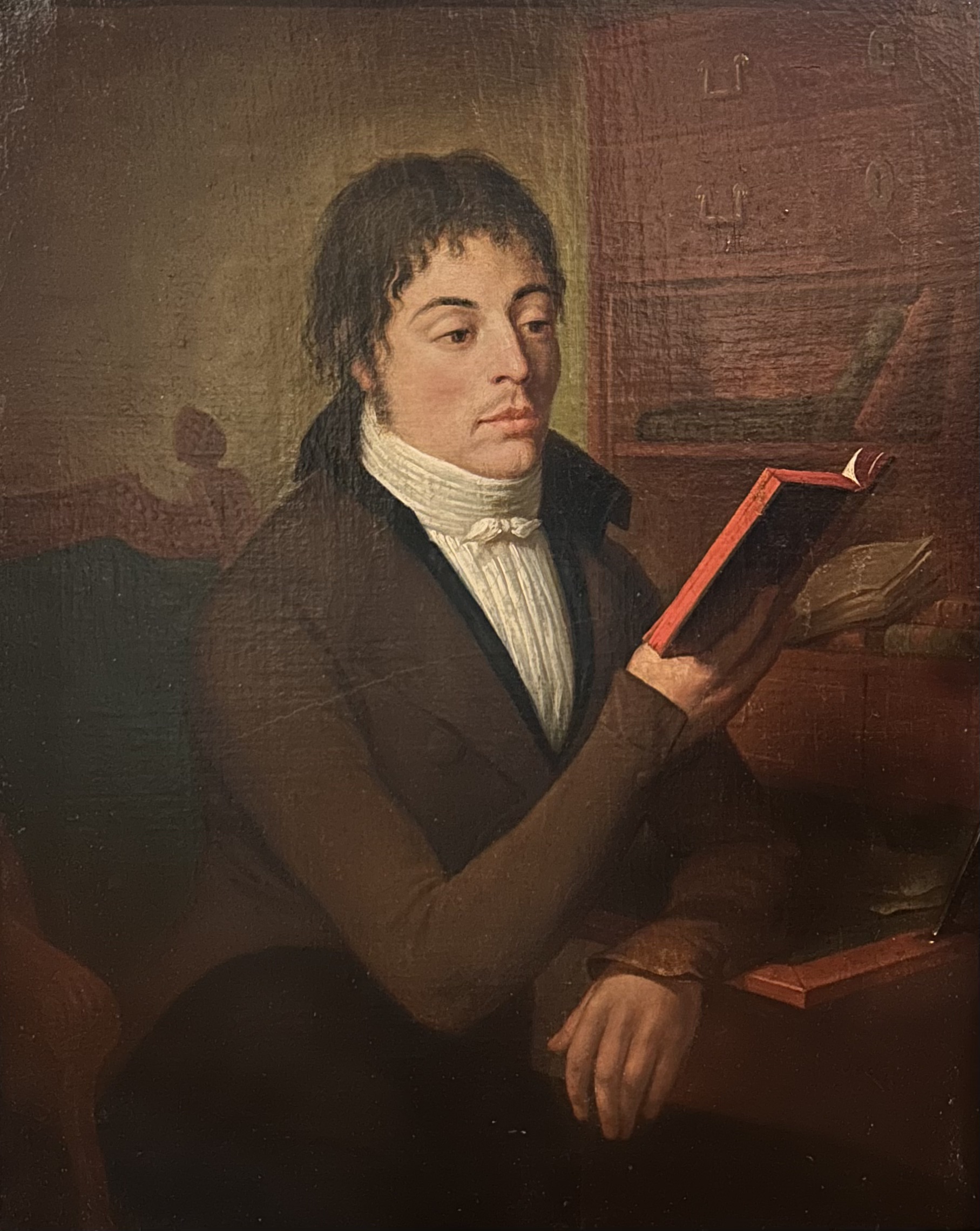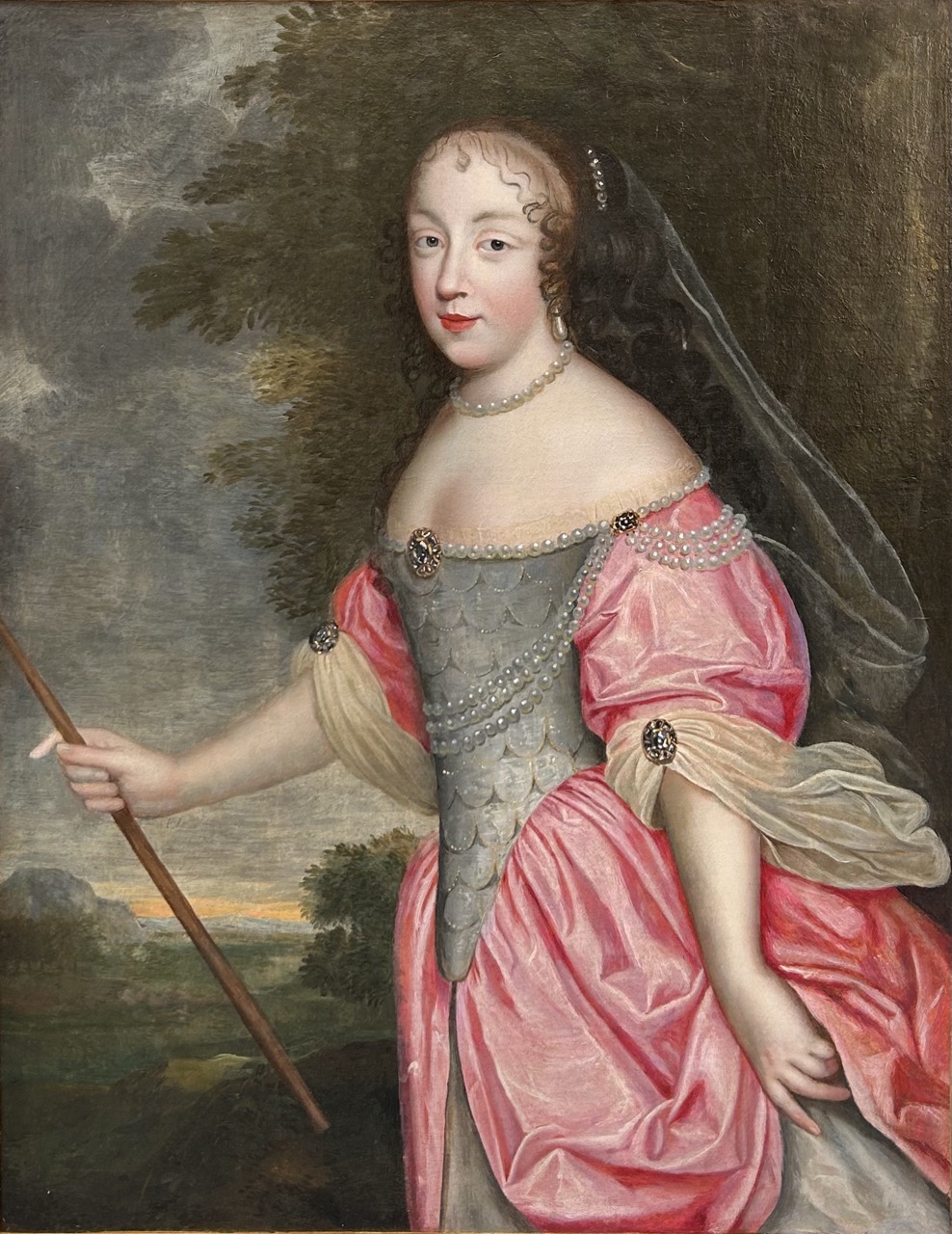Martin Drolling’s portrait of a young boy circa 1790 embodies the understated elegance of childhood in the late 18th century.
The child is depicted with a gentle face, slightly rosy cheeks, and an expression that is both innocent and thoughtful. His refined clothing and accessories attest to his belonging to a wealthy or cultured family, in a neat outfit, faithful to the codes of the time.
The boy wears a top hat, called a “cylinder hat,” which was a popular accessory in the late 18th century. This hat, although more often associated with adults, is here adapted to a child, giving the model a sophisticated and charming look. His loose tunic evokes a simplified version of the men’s fashion of the time, adapted to youth.
Martin Drolling (1752-1817), a French painter, was noted for his portraits and genre scenes. Inspired by the Flemish masters, he mastered the art of capturing natural expressions and minute details, as evidenced by this portrait of great delicacy.
Curiosity:
Fascinatingly, Martin Drolling sometimes used a particular pigment called “mummy brown”, made from the crushed remains of Egyptian mummies. This pigment, prized for its deep and unique hue, was a common curiosity in European art until the 19th century, before being abandoned for ethical and material reasons. This anecdote illustrates the ingenuity and sometimes surprising practices of the artists of this period.
Height: 69 cm
Width: 59 cm















